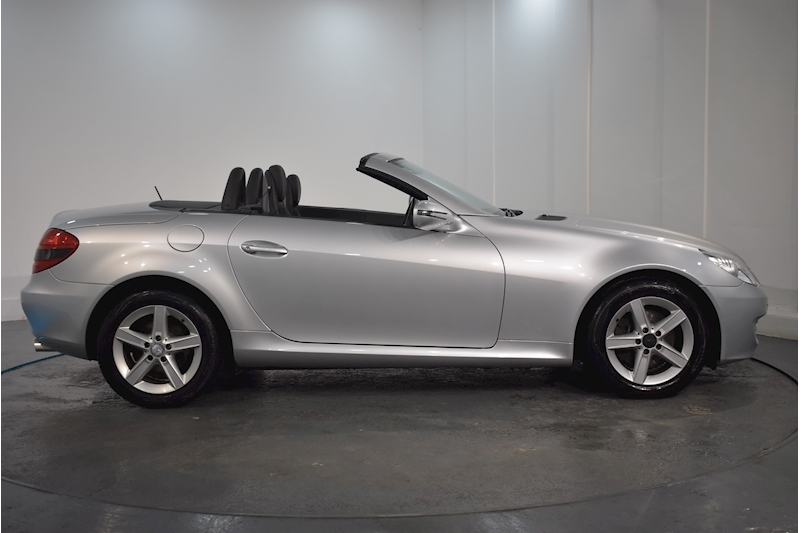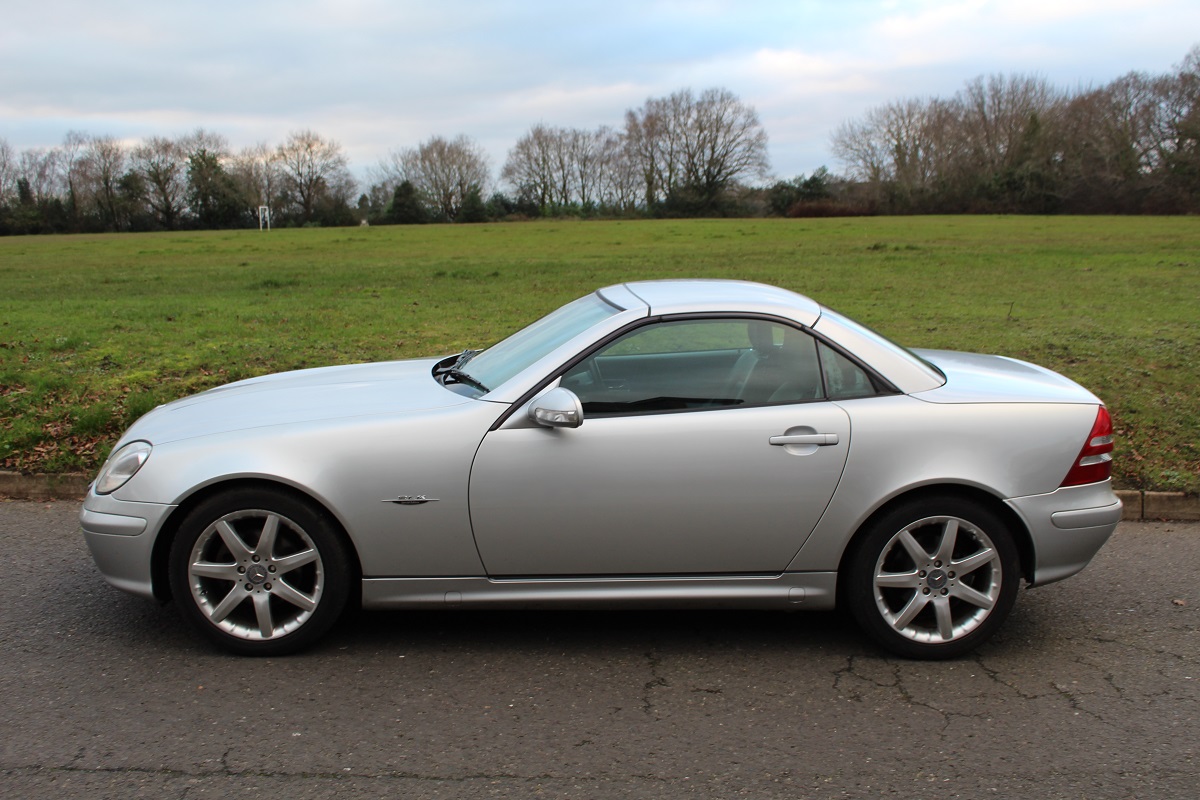
In July 2004 a special edition was launched prior to the replacement with the new R171 SLK in 2005. Only 4,333 were built in total, of which 979 were retained for Germany, 2,056 exported to the USA, and 263 to the UK. AMG production ran between Aug 2000 and March 2004. Brakes became 13.15 in (334 mm) diameter, upgraded from the standard 11.8 in (300 mm) items. The SLK32 AMG's engine has two spark plugs per cylinder for maximum combustion and was fitted with an intercooled Lysholm-type twin-screw supercharger. All engines were hand built by AMG by an individual engineer. It was only offered with the newly engineered five-gear "SpeedShift" and boasted 35% quicker automatic shifts. This SLK 32 AMG was the most powerful R170 SLK, and was a direct rival of the BMW M Roadster and Porsche Boxster S. In 2001 a new AMG model was added, with a 349 hp (260 kW) supercharged version of the 3.2 L V6.
Mercedes slk kompressor manual#
A 3.46:1 axle was added for the manual shift SLK, and the fuel tank grew from 12 to 14 gallons. A stabilizer bar was added to the rear and the front one was reinforced. Technical improvements included the addition of Electronic Stability Program (ESP) and a new 6-speed manual transmission. The range was expanded to include a new entry-level model SLK 200 Kompressor and a new V6 in the SLK 320. In February 2000, the SLK received a facelift which included new front and rear bumper designs, body-coloured side skirts and the introduction of new wing mirrors incorporating indicators. In 1997, development on updates to the R170 began and by early 1998, design work on an updated SLK was completed and patented on February 2, 1998. The steel roof provides added protection, which is normally found in a coupe, but with the flexibility of a convertible at the same time. Two fixed roll-over bars behind the seats worked with the A-pillars to form an integrated system offering a high degree of roll-over protection. With the roof closed, the load volume increased to 348 litres (12.3 cu ft). A plastic roller blind separates the roof from the luggage space below, an area with a capacity of 145 litres in the first-generation SLK.

The hydraulic system stows the roof in the upper section of the boot. If the roof is to be closed, the same sequence of movements is performed in reverse order. It opens by tipping to the rear so that the two roof halves have sufficient movement to pivot backwards as the roof opens the roof sections then position themselves on top of each other and fold into the boot. At the touch of a button on the centre console, a hydraulic system with five cylinders controls the fully automatic folding process in which the boot lid is also integrated. Both halves are linked by a kinematic mechanism which is locked securely when the roof is closed. The roof design, marketed as the Vario-Roof, consists of a folding steel hard top divided in half along a transverse axis. The very first U.S.-market R170 Mercedes SLK was completed on Novemand went on sale in January 1997 for the 1998 model year. Worldwide sales hit 55,000, over double the entire nine-year production of 190SLs, and between 19, over 311,000 SLKs were sold. The SLK was a modern incarnation of the 1950s Mercedes-Benz 190SL by returning to four cylinders and a 94-inch (2,400 mm) wheelbase. It was powered by a 193 hp 2.3 L supercharged straight-4 engine and a choice of automatic transmission or 5-speed manual transmission.

SLK 230 Kompressor launch model became a competitor to the Porsche Boxster and BMW Z3.

On April 22, 1996, the new production SLK-Class, based on the R170 platform was introduced at the Turin Motor Show. In early 1993, the final design was selected and approved by the board, with the German design patent being filed on September 30, 1993. By the middle of the year, five of them were proposed again in full-scale. By late 1991 under Bruno Sacco, the first design sketches were drawn and twelve 1:5 scale models being built in the first half of 1992.

At start of the 1990s, after the introduction of their two-seater grand-tourer R129 SL and the Mazda MX-5, Daimler-Benz set out to create a new compact roadster, slotted below the SL.


 0 kommentar(er)
0 kommentar(er)
